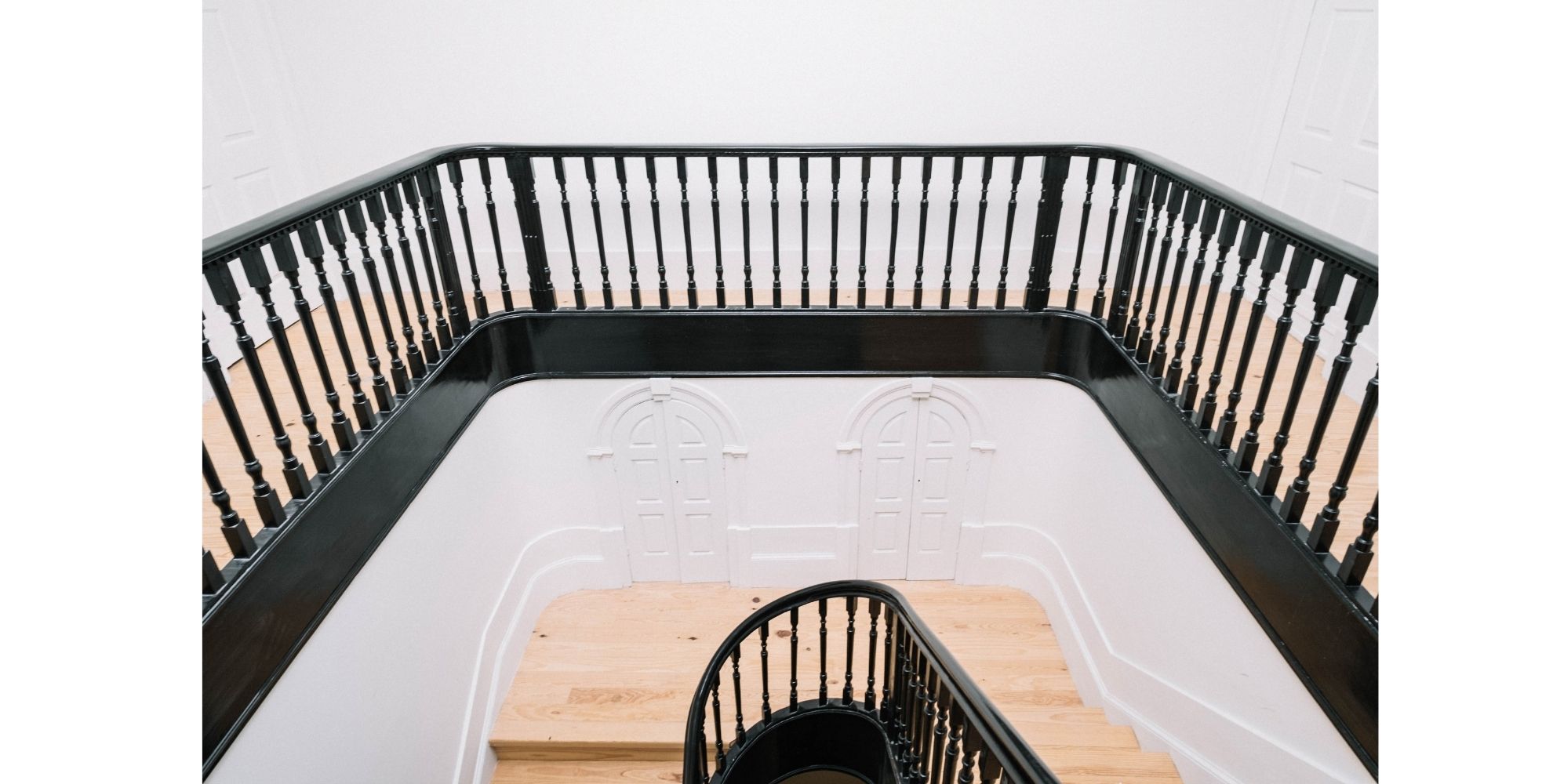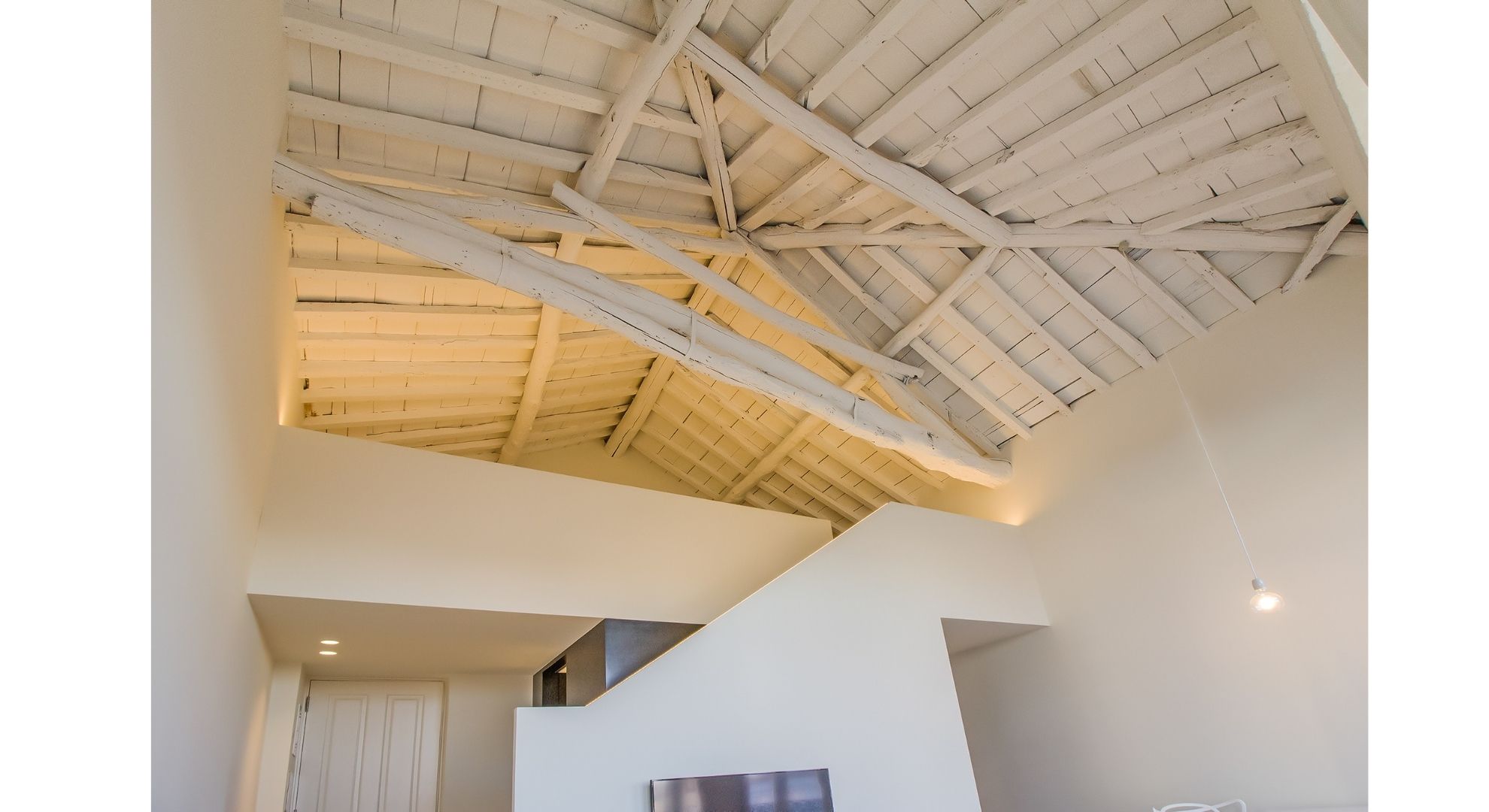Restoring Buildings and Uses
The integration of old and new interior elements into restoration projects
Over time we grow older, as do the existing buildings that surround us. In order to keep our history alive, it’s essential not to eliminate these constructions or erase their function and meaning in our everyday lives.
Increasingly architects are being asked to restore the old buildings and spaces in the historical centers of our cities. Whenever I visit a restoration project for the first time, my objective is always to combine the knowledge and experience I’ve gained from former rehabilitation projects with the desire to keep the elements and spatial qualities of the past despite all the technical and regulatory obstacles. On the other hand it is crucial to know how to integrate the values and technological advances of contemporary architecture into renovation projects. This means that it’s necessary that we adapt new techniques while at the same time we delve into the logic of the original construction.
However, in general education and construction regulations have been aimed primarily at new buildings. This deficiency in terms of training technicians to understand how old buildings behave, along with the lack of a culture of safeguarding the built heritage, has resulted in the inevitable degradation or demolition of old buildings.
Fortunately, we are improving in our awareness of the importance of preserving the cultural heritage that many of these buildings represent and in fact we are adopting a more integrated vision of how they can be restored for contemporary use without losing their original character.

Up to now, it was normal practice that a new building would appear “camouflaged” behind the facade of an old building after its interior had been gutted. And even when there was concern to maintain the existing building, the intervention was designed by adapting the knowledge and regulations developed for new construction, which often leads to overly intrusive and costly interventions.
To overcome these restraints, in Portugal a new system has been established consisting of fundamental principles that govern all the work on old buildings, in order to ensure: “The best possible articulation between building performance, given the current expectations of comfort and safety, and the protection and enhancement of the buildings, environmental sustainability, and proportional and progressive improvement, for each of the technical areas.”
Practical issues such as acoustic and thermal performance, accessibility, fire safety, and sustainability are all taken into account, along with the minimum possible amount of construction. In the field of thermal and acoustic performance, we use materials inside the slab walls that do not alter the building’s image. The new system seeks to reconcile the rational management of energy efficiency and to create the proper conditions in restoration projects, especially with regard to the protection and appreciation of what was there originally, as well as environmental sustainability, and proportional and progressive improvement. In addition, the new regulations address building accesses, which until now did not have an adequate legal framework as well as establish methods that allow planners and licensing authorities to make full use of flexible and proportional fire safety measures.

BATALHA BUILDING RESTORATION, PORTO, ROSA SOBRAL ARQUITECTOS, 2016. PHOTO PEDRO CASTRO
As for materiality, a great deal of research has been made into sustainable interior materials with a variety of images and possibilities for adaptation since much of the time the existing elements are so degraded that they cannot be restored. For example, there is now a vast range of plaster cornice designs that are available as well as new modified woods of sustainable production that are very strong and durable for use in ceilings with wooden trusses. In this way, we manage to integrate the original ideas and characteristics of the interiors in the new projects.
The most recent international regulations now address the restoration of existing buildings with the same detail and significance as new construction. This is of great importance for designers who are passionate about restoration because it means we have a bright future ahead for the rehabilitation of spaces to new uses and experiences, but not by obliterating the past, rather by adapting it to contemporary life and materials.
MAIN IMAGE: Batalha building restoration, Porto, Rosa Sobral Arquitectos, 2016. Photo Pedro Castro
